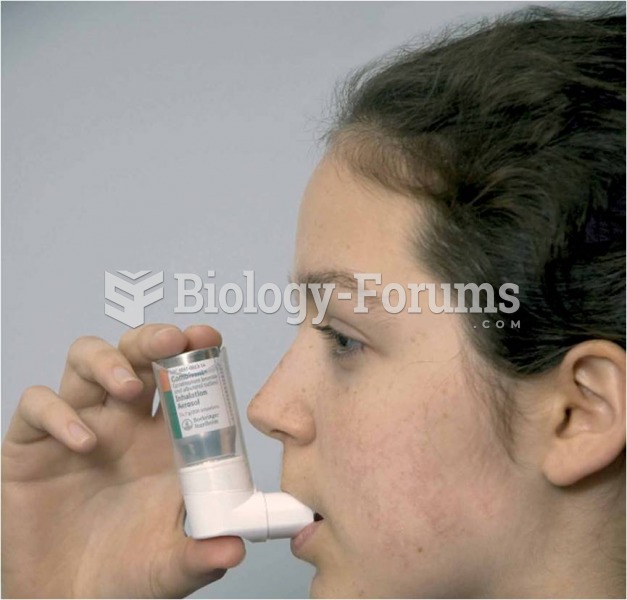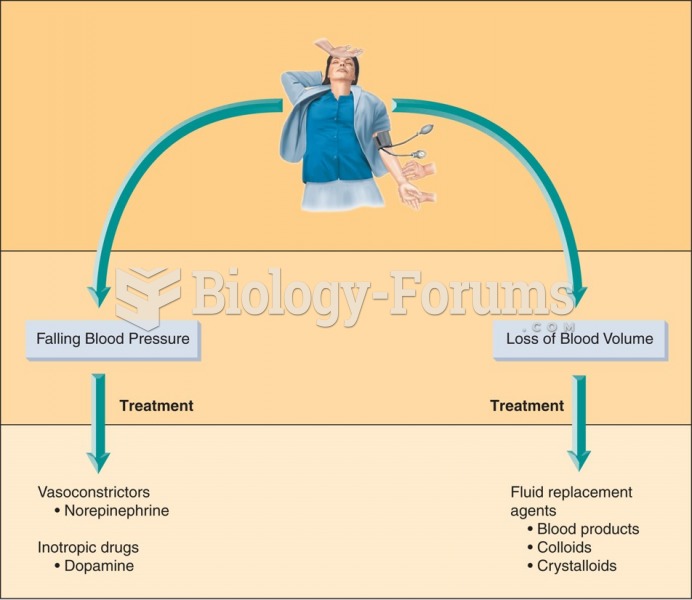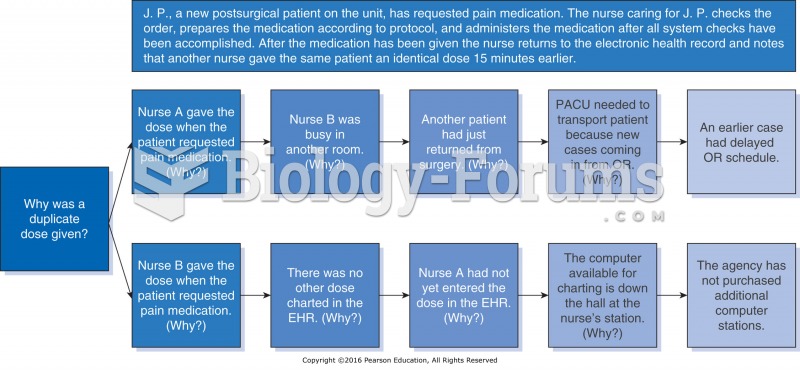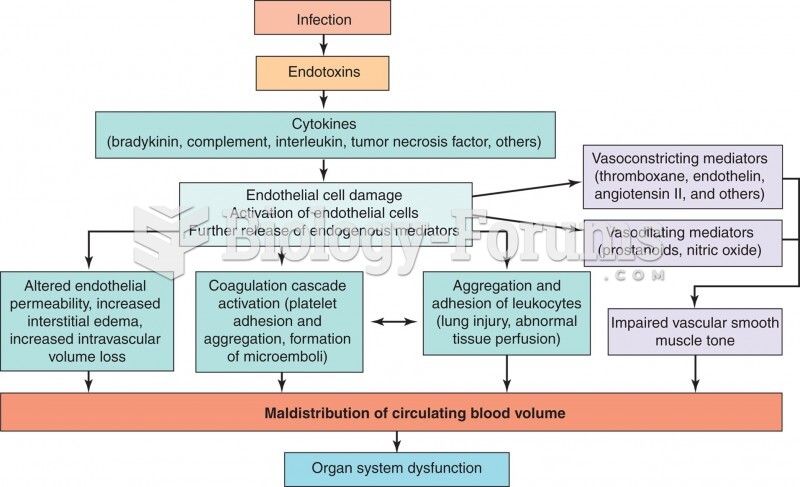Answer to Question 1
Correct Answer: 2
Rationale 1: Nausea is a common side effect, not a desired therapeutic effect.
Rationale 2: At low doses, dopamine selectively stimulates dopaminergic receptors, especially in the kidneys, causing increased urine output. At higher doses, dopamine stimulates beta-1 adrenergic receptors, causing the heart to beat more forcefully, thus increasing cardiac output. Also, at higher doses, dopamine stimulates alpha-1 adrenergic receptors, causing vasoconstriction and increased blood pressure.
Rationale 3: Increased blood pressure is not seen with a low-dose dopamine infusion.
Rationale 4: Ventricular tachycardia is not seen with a low-dose dopamine infusion.
Global Rationale: At low doses, dopamine selectively stimulates dopaminergic receptors, especially in the kidneys, causing increased urine output. At higher doses, dopamine stimulates beta-1 adrenergic receptors, causing the heart to beat more forcefully, thus increasing cardiac output. Also, at higher doses, dopamine stimulates alpha-1 adrenergic receptors, causing vasoconstriction and increased blood pressure. Nausea is a common side effect, not a desired therapeutic effect. Increased blood pressure and ventricular tachycardia are not seen with a low-dose dopamine infusion.
Answer to Question 2
Correct Answer: 4
Rationale 1: Phenylephrine does not cause tinnitus. If it is given within 21 days of an MAO inhibitor, hypertensive crisis can occur.
Rationale 2: Phenylephrine does not cause hypokalemia. If it is given within 21 days of an MAO inhibitor, hypertensive crisis can occur.
Rationale 3: Phenylephrine does not cause dizziness. If it is given within 21 days of an MAO inhibitor, hypertensive crisis can occur.
Rationale 4: Phenylephrine should not be administered within 21 days of an MAO inhibitor, or a hypertensive crisis could occur.
Global Rationale: Phenylephrine should not be administered within 21 days of an MAO inhibitor, or a hypertensive crisis could occur. Phenylephrine does not cause tinnitus, hypokalmia, or dizziness.







